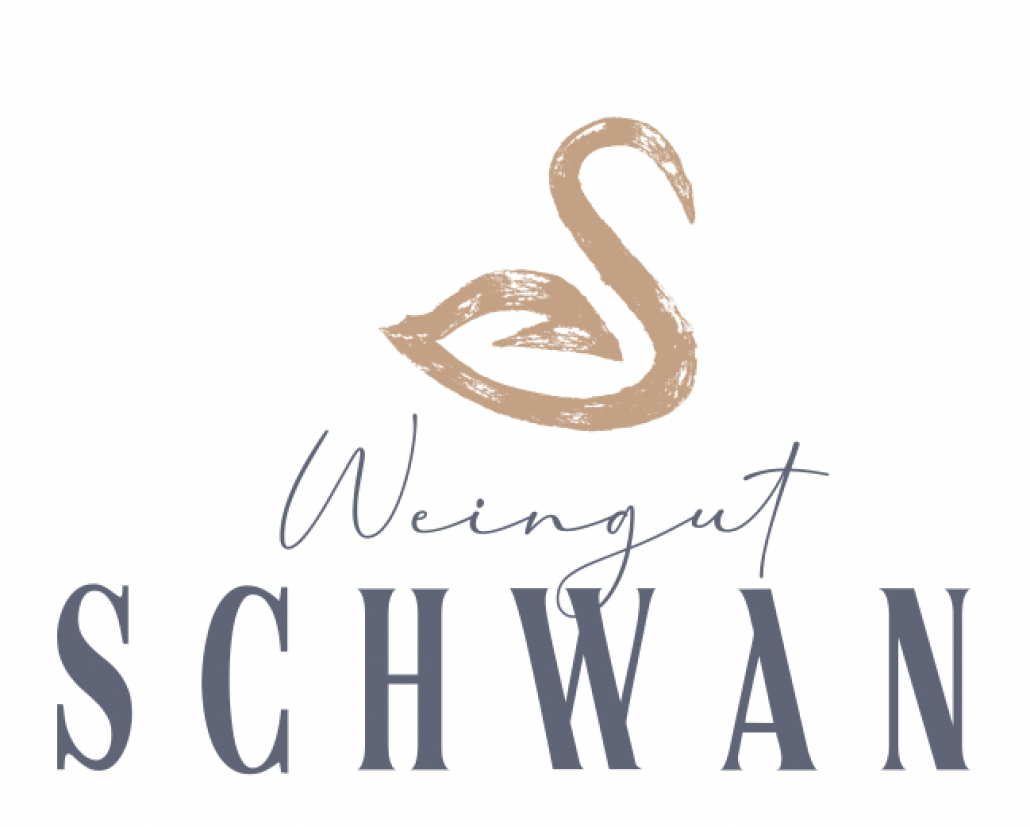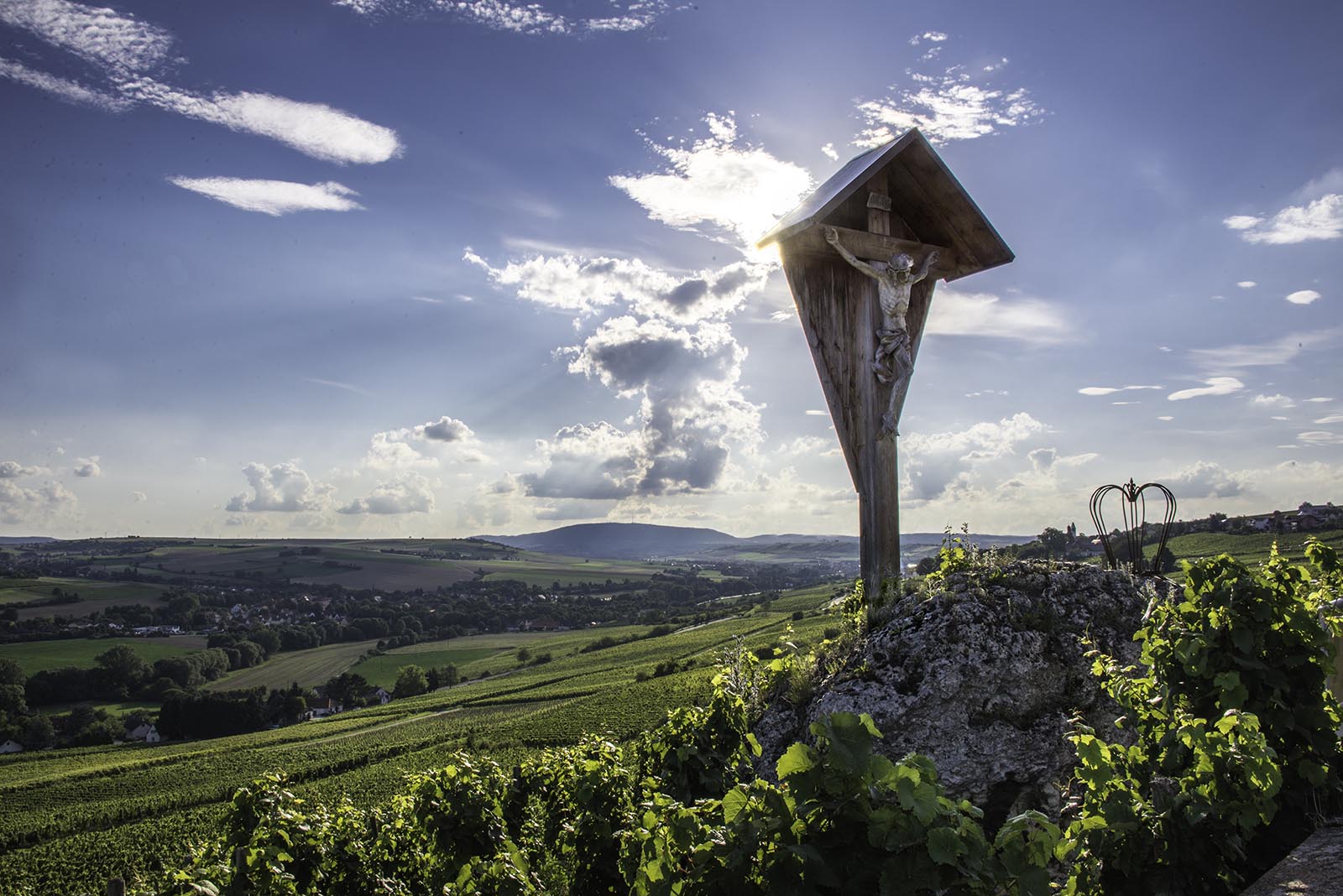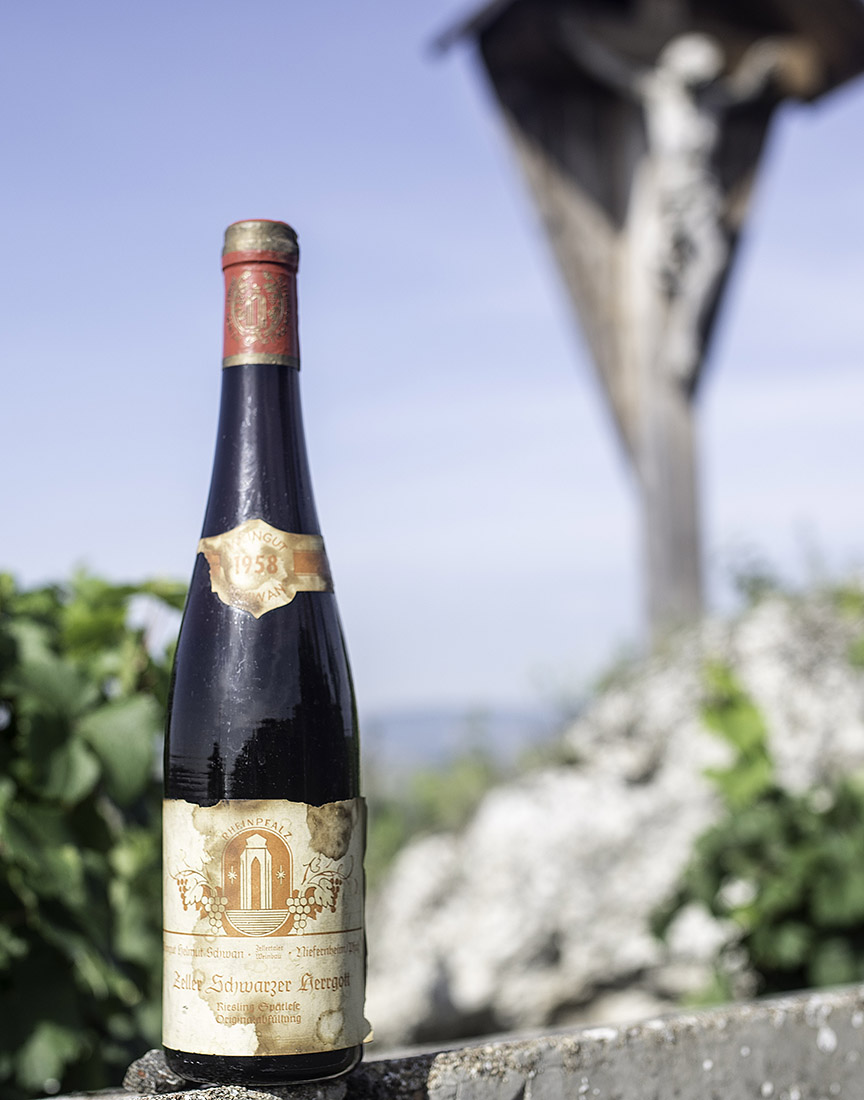The Zellertal
The icing on the cake of the German wine street
The Zellertal is located about 10 km east of the Donnersberg (687 m)
in the Palatinate at the top. About 300 hectares of vineyards lie within the protection of this highest elevation of the Palatinate. This area corresponds roughly to a share of 1,3 percent of the total area of the wine cultivation region of Pfalz.
Since the year 774 (documented evidence) the vines grow in the Zellertal. Around the year 1300, St. Philip erected his house (lat. Cella) on a hill which later gave the valley its name.
With 11 ° C yearly average temperature, very mild, rich solar radiation and great heat with low rainfall, which are usually held by the Donnersberg.
In the Zellertal you can find mostly south slopes, at the foot of which flows the creek Pfrimm through the valley. The degree of inclination of the slopes has a positive effect on the vines due to the concentration of the solar radiation.
Unique in the Zellertal is the special microclimate, which is characterized by low rainfall and sunny days. This results in rich, concentrated and fruity wines. In addition, the result is excellent red wine conditions: the wines are velvety, typical for their kind and low in acidity.
In this region, deep, heavy limestone soils as well as superimposed calcareous loam and clay layers with a high water holding capacity and a long heating phase are found, which then serve as heat accumulators. The soils are rich in humus, especially by the humus supply of the vineyards used in the winery.
The wines are characterized by a distinctive varietal aroma with a harmonious acid structure. This results in a high to very high storage capacity of all wines.
Particularly noteworthy are the fruity wines of the grape varieties Riesling, Chardonnay and also Silvaner and Weißburgunder.
The „Black Lord God“
The most famous location in the Zellertal is the „Black Herrgott“. From all the valley you can see the memorial and the crucifix of the Black Lord in Zell. It is our connecting point over the centuries. Even today guests and locals like to stay here. It is a special place with a special wine location.
The “monument“
Monument and landmark of the Zellertal
On our wine bottles, brochures and pricelists, and from our yard the view to the north, radiates very sublime, but at the same time harmoniously embedded in the vineyard landscape the monument and landmark of the Zellertal. On September 18, 1926, the idea was expressed by the mayor at the time, Georg Herr to build a memorial in honor of the fallen soldiers of WWI 1914-1918. It would include soldiers of the local communities Zell, Niefernheim, Harxheim, Mölsheim, and Wachenheim. Later, the community of Einselthum joined them in solitude. The memorial, built by the Black Lord’s God, should also express the unity of the Zellertal. This place experienced its historical consecration around the year 700 AD when St. Philip proclaimed the gospel at this point.
In the spring of 1927 a competition was launched, in which 80 artists participated with their respective designs. The award was presented by Dipl.-Ing. Alfons Brand, an architect from Worms. On April 29, 1928, the foundation stone was built „with lightning and thunder“ in the presence of master builder Philipp Obenauer from Mölsheim among others. The structure measures 15 m in height and 6.50 m in diagonal width and is characterized by its 6 pillars, which join together at great height and thus form a hall. In the interior of each pillar, which is symbolic of a parish, the memorial plaques with the names of the fallen and the missing are given in bronze.
The solemn inauguration of the honor of the Black Lord was held on the 15th of July. The Zellertal’s landmark in connection with our name on our bottles serves not only the recognition, but also the connection of our vineyard with the region. In the 1930s, Helmut Schwan had already printed the landmark on the first wine bottles, which was then still surrounded by vineyards. With the arrival of our current equipment line, the „monument“, as it is commonly known, was „freed“ by the grapevines and is now stamped in gold on our labels and can twinkle in the eyes of our wine friends while reading the label.
A Bottle of Zeller Schwarzer Herrgott – Riesling Spätlese vintage 1958. Even at that time the monument graced the labels of our bottles.




